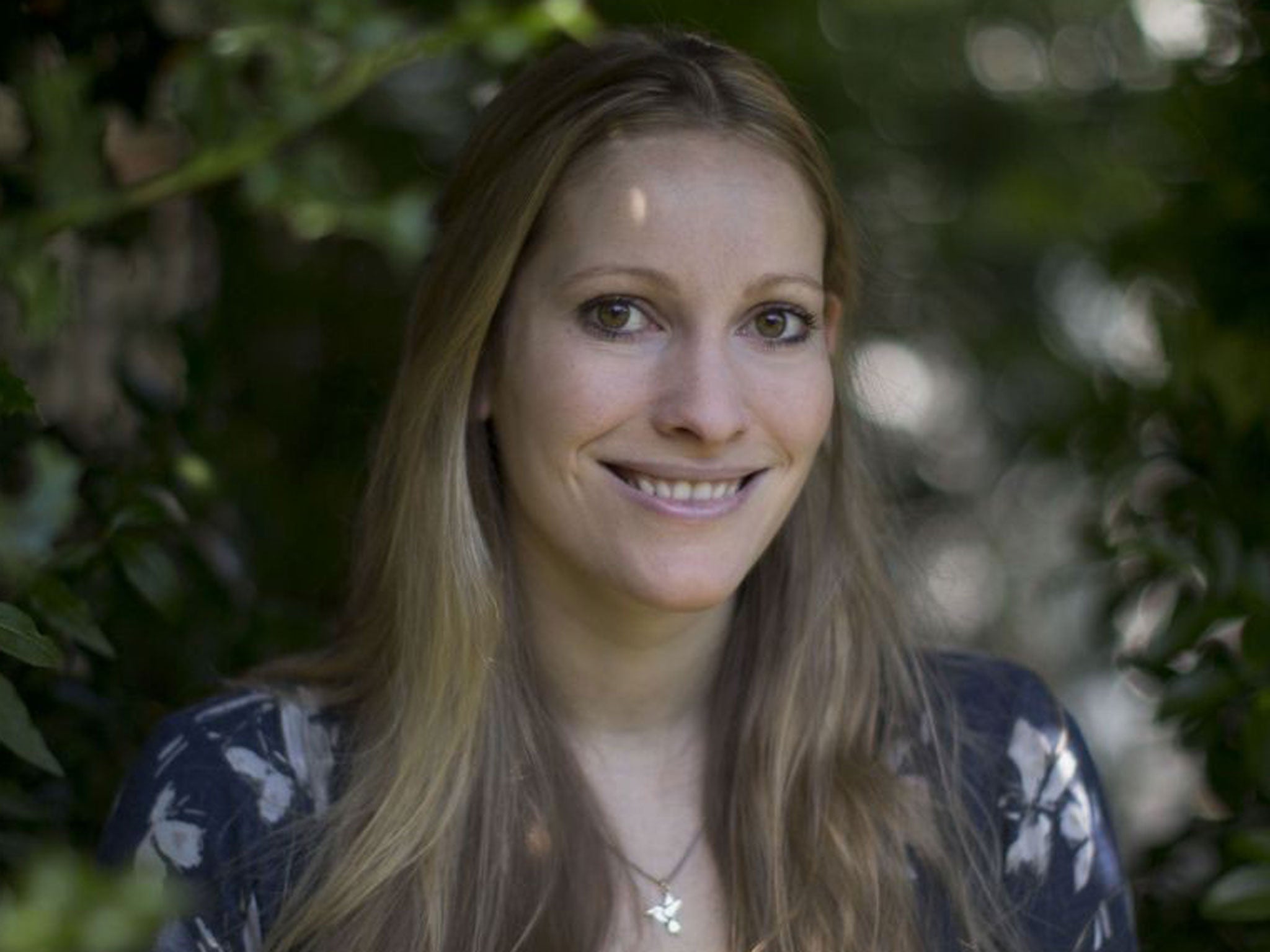Now the Everyday Sexism Project has reached 100,000 entries, here's what I want to happen next
I don't know how to feel about the milestone, but I do know what needs to be done


I started the Everyday Sexism Project in April 2012 to catalogue testimonies of gender inequality. Frustrated by the lack of awareness about the problem, I wanted to shine a light on the sexual harassment, discrimination and assault faced by women and girls on a daily basis.
Today, only three years later, the project has reached 100,000 entries. I’m not sure whether to celebrate or mourn the milestone.
What I can say with certainty is that I want to see change. And the project entries have given me a number of ideas about how to prevent the next 100,000 incidents from happening.
1. Bystander intervention
A huge number of entries to the project end with phrases like: “It was a packed carriage, and nobody said a word”, or: “even though it happened in the street in broad daylight, nobody stopped to help”. Whether in public spaces or in the workplace, a resounding message is that there is often little response to sexual harassment from those around the victim. This is sometimes understandable – people might be scared of stepping in, or worried about causing a situation to escalate. It isn’t always possible to safely intervene.
But in many cases a bystander could challenge what’s happening – and that kind of reaction is vital if we want to change the sexist status quo. Victims often freeze, panic or shut down in the moment, so those around them are better placed to object than they might be themselves. This doesn’t have to mean starting a fight – simply questioning what is happening, checking in with a victim, or offering to help, all send the message that this isn’t normal and shouldn’t be accepted.
2. Compulsory sex and relationships education
We know that young people are growing up confused about sex and gender roles. Online porn can present a misogynistic idea of sex, with women sometimes shown being hurt, humiliated or abused. As a result, many of the young people who write into the project describe fear and concern about sex – one 13-year-old girl said she knew from seeing a video on a mobile phone at school that during sex women “cry and hurt”.
When I visit schools, young people are confused about rape, and don’t realise that it’s possible for a boy to rape his own girlfriend, or that being touched in a sexual way without your consent is a form of sexual assault. We desperately need to give young people the tools to navigate these issues, by providing compulsory, age-appropriate sex and relationships education.
3. Workplace flexibility
For many women, being held back in the workplace because of their choice to have a family is a very real fear. Estimates suggest that up to 50,000 women every year are forced out of their jobs as a result of maternity discrimination. We need to start thinking of childcare as a parents’ issue, not a women’s issue. Workplaces could make a huge difference to people juggling career and caring responsibilities by introducing flexible working hours, shared parental leave schemes and on-site childcare.
4. Clear policies for universities to deal with sexual harassment and assault
As an open letter signed by students, victim support groups and politicians recently pointed out, many students who experience rape or sexual assault at university receive very little support.
My project entries from students who have been harassed or assaulted reveal that they have little confidence they will be taken seriously or believed if they come forward. Many experience victim blaming within their peer group, being asked what they were wearing, or whether they were “asking for it”. A survey for the Telegraph in 2015 revealed that one in three female students in Britain have experienced some form of sexual assault or abuse at university.
It is not enough for universities to respond to such incidents in an inconsistent and ad hoc manner. Clear guidelines should be developed and implemented to hold universities to a higher standard and to let students know what support they can expect from their higher education institution.
5. A more responsible media
It’s 2015, yet we’re still living in an age where the appointment of new women to the Cabinet results in “Downing Street catwalk” headlines alongside descriptions of their clothes and make-up; where pieces of women’s bodies are magnified in “circles of shame” on the front of magazines; where business women’s stellar job appointments are heralded under the title “mother of three” and sexual violence is still sometimes reported in a titillating or victim-blaming manner in our national press. It would be encouraging to see the media take a lead in challenging gender inequality rather than perpetuating it.
No single action or policy shift will solve the problem outright, but we can only tackle it if businesses, politicians, schools, universities and individuals act together to create change, both from the top down and the bottom up.

Join our commenting forum
Join thought-provoking conversations, follow other Independent readers and see their replies